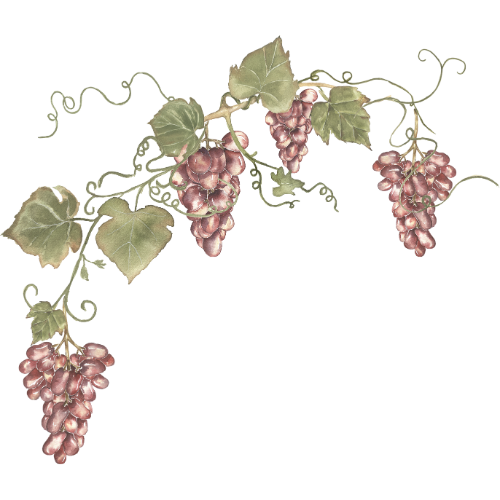A family-run Italian winery
GULINO 1793
A family tradition, a solid link with the territory, an authentic history of rural life, sunny landscapes, work in the vineyards, wines that smell of myth and history.

I leave the Palmento with its cellar
and the land cultivated for Moscato [...]Pompeo Picherali
Discover wineries in Italy
A family history that begins in a small shop among the narrow alleys of Ortigia, the historic center of the city. There were the medieval neighborhoods towards the sea, the streets of artisans, the activities of coopers and winemakers and our ancestors, already in the 1600s, sold wine. In 1793, according to the deed of sale of the land in Contrada Fanusa, the descendants also bought the farmhouse that stood on the land and the ancient stone millstone, which belonged to the Syracuse architect Pompeo Picherali, famous for the reconstruction of the city after the earthquake of 1693 that devastated the Val di Noto.
“Accatta lu palmentu unni sta la vigna” (buy the millstone near the vineyard), an old Sicilian proverb, is still valid today: our historic family winery, one of the oldest in Sicily, still stands here
Visit vineyards in Sicily
THE VINEYARDS
Fifteen hectares of vineyards between Siracusa, Pachino and Ispica.

ALBANELLO
MOSCATO DI SIRACUSA
NERO D'AVOLA
CHARDONNAY
FIANO
INSOLIA
SYRAH
The winery and the wines
DOWNLOAD OUR BROCHURE

